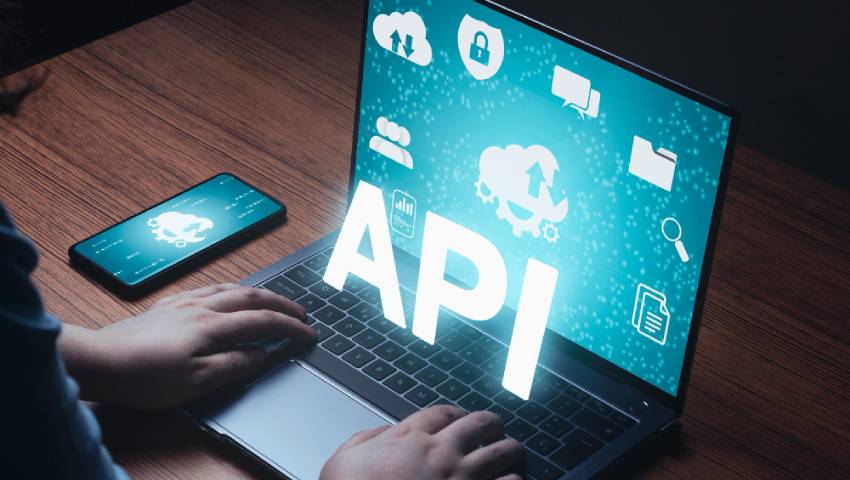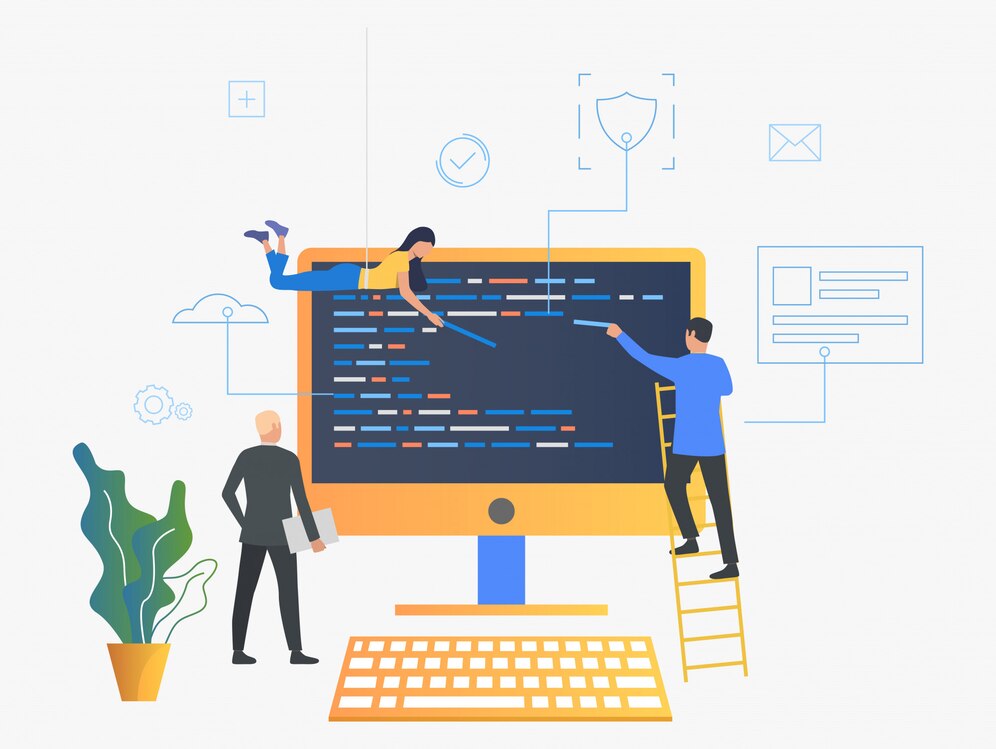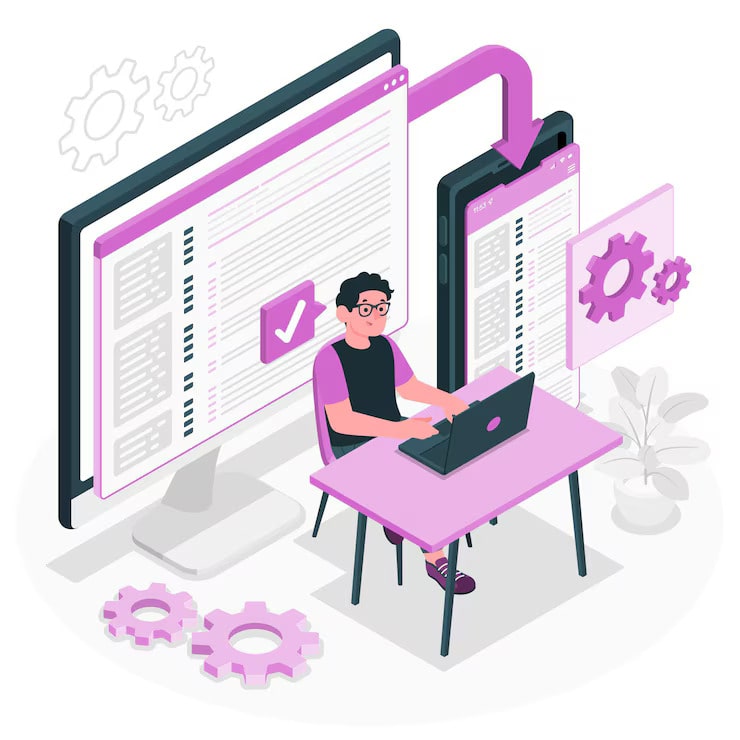In the dynamic realm of software development, gaining proficiency in API testing is now more crucial than ever. Embark on a transformative journey with us, delving into the fundamental aspects: What exactly is API testing, why does it hold such significance, and how can you elevate your mastery by embracing the guiding principles of Testing Shastra?
This blog post dives deep into the realm of API testing, armed with the wisdom of Testing Shastra, the ancient Indian science of testing. We’ll demystify the “what,” “why,” and “how” of this crucial practice:
What Is API Testing:
It’s similar to having a casual conversation with your digital assistant to understand API testing. It’s all about ensuring that, in response to requests, your software behaves as you would anticipate; think of it as a comprehensive software health check. Imagine developing software as a sandwich with three layers: the functionality, the appearance, and the location of critical data. API testing is not just about getting things to function; it’s also about ensuring that, similar to how your digital assistant understands your orders and protects your data, things operate fast, consistently, and securely. Consider API testing as the superhero responsible for ensuring that your software functions properly, looks great, and remains safe. It’s similar to having a reliable friend in the
Why API Testing is Important?
In the dynamic realm of software development, the spotlight is on API testing, and for good reason. This crucial process plays a pivotal role in ensuring the seamless functioning of Application Programming Interfaces (APIs), offering a host of advantages that extend beyond basic functionality. Let’s unravel the significance of API testing and why it stands as an indispensable pillar in the software development journey.
- Elevated Functionality and User Experience: API testing ensures that every facet of your software operates as intended, contributing to a smooth and user-friendly experience.
- Reliability and Stability Boost: By rigorously validating API reliability, this testing method significantly enhances overall application stability, minimizing the risk of unforeseen failures.
- Optimized Performance Metrics: Uncovering and addressing performance bottlenecks, API testing paves the way for optimal response times and efficient resource utilization.
- Fortifying Security Measures: In an era where data security is paramount, API testing serves as a robust defense mechanism. It identifies and mitigates potential security vulnerabilities, safeguarding sensitive information.
- Cost-Efficiency Through Early Detection: API testing’s proactive approach to identifying and resolving issues early in the development process translates to substantial reductions in overall development and maintenance costs.
- Harmony with Three-Layered Architecture: API testing seamlessly aligns with the widely adopted three-layered architecture in software development, fostering effective communication across presentation, business logic, and database layers.
- Adherence to Best Practices: As a best practice in software development, API testing ensures clear documentation, automation for efficiency, data-driven testing for robust functionality, security considerations, and integration into continuous testing pipelines for ongoing validation.
How Does an API Testing Work?
Think of API testing as a comprehensive check-up for your digital communication wizard, similar to making sure your best friend who is tech-savvy is at the top of their game! Examining an Application Programming Interface (API) closely to ensure it is optimal in terms of functionality, dependability, performance, and security is a fascinating exercise.
Now let’s explore the fascinating world of API testing:
Understanding API Endpoints:
Contemplate APIs as having distinct endpoints, each operating as a unique tool or resource. These endpoints, that are akin to web addresses (URLs), are the query language that developers use to ask the API questions and receive informative answers. Think of API testing as a comprehensive check-up for your digital communication wizard, similar to making sure your best friend who is tech-savvy is at the top of their game! Examining an Application Programming Interface (API) closely to ensure it is optimal in terms of functionality, dependability, performance, and security is a fascinating exercise.
Now let’s explore the fascinating world of API testing:
Understanding API Endpoints: Contemplate APIs as having distinct endpoints, each operating as a unique tool or resource. These endpoints, which are akin to web addresses (URLs), are the query language that developers use to ask the API questions and receive informative answers.
How To Do API Testing?
Conducting API testing is like embarking on a journey to ensure your digital systems work seamlessly. Let’s break down this process in a friendly and straightforward way:
- Get to Know the API: Dive into the API documentation. It’s like reading a guidebook that tells you about the different stops (endpoints), the ways to communicate (request methods like GET, POST, PUT, DELETE), and what to expect in return (response codes and parameters).
- Create a Safe Testing Space: Imagine setting up a cozy test environment separate from the bustling production area to prevent any accidental mishaps. This ensures your experiments won’t affect the live data.
- Pick Your Test Adventures: Identify and prioritize your test cases based on what the API can do. Think of it like planning different adventures, exploring positive scenarios, challenging negative situations, and venturing into edge cases.
- Automation Magic (Optional): If you want to add a touch of magic, use tools like Postman or Swagger to automate repetitive tests. It’s like having a reliable assistant that consistently and efficiently carries out your instructions.
- Explore API Destinations: Take a trip to each API endpoint to make sure they’re doing what they’re supposed to. Test the waters by fetching data, submitting updates, and deleting information.
- Send Friendly Requests: Send requests to the API just like you’d ask for a favor. Whether it’s a polite request (GET) or making updates (POST, PUT, DELETE), don’t forget to include specific details (parameters and headers) for a smoother conversation.
Why API Testing is Needed?
API testing is like the superhero of software development, and here’s why it’s so crucial:
- Keeping Things Reliable and Stable: API testing is like the guardian angel against unexpected software hiccups. By carefully checking the reliability of APIs, it adds an extra layer of stability to applications.
- Boosting Performance Efficiency: Performance bottlenecks are like traffic jams in the digital highway. API testing acts as a traffic cop, identifying and clearing these bottlenecks to ensure quick response times and efficient use of resources.
- Guarding Against Cyber Threats: In a world full of cyber threats, API security is a top priority. API testing acts as the digital security guard, scanning for potential vulnerabilities and ensuring that sensitive data remains safe. It’s like having a secure fortress for your software.
- Saving Costs with Early Detection: Imagine API testing as a time-traveling detective that catches issues before they become big problems. Finding and fixing API issues early in the development process, it saves a ton on overall development and maintenance costs.
- Supporting Software’s Three-Layered Heart: Software development has a heart made up of three layers – the pretty face (user interface), the brains (functionality), and the memory (data storage).







